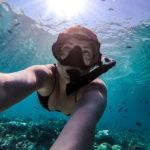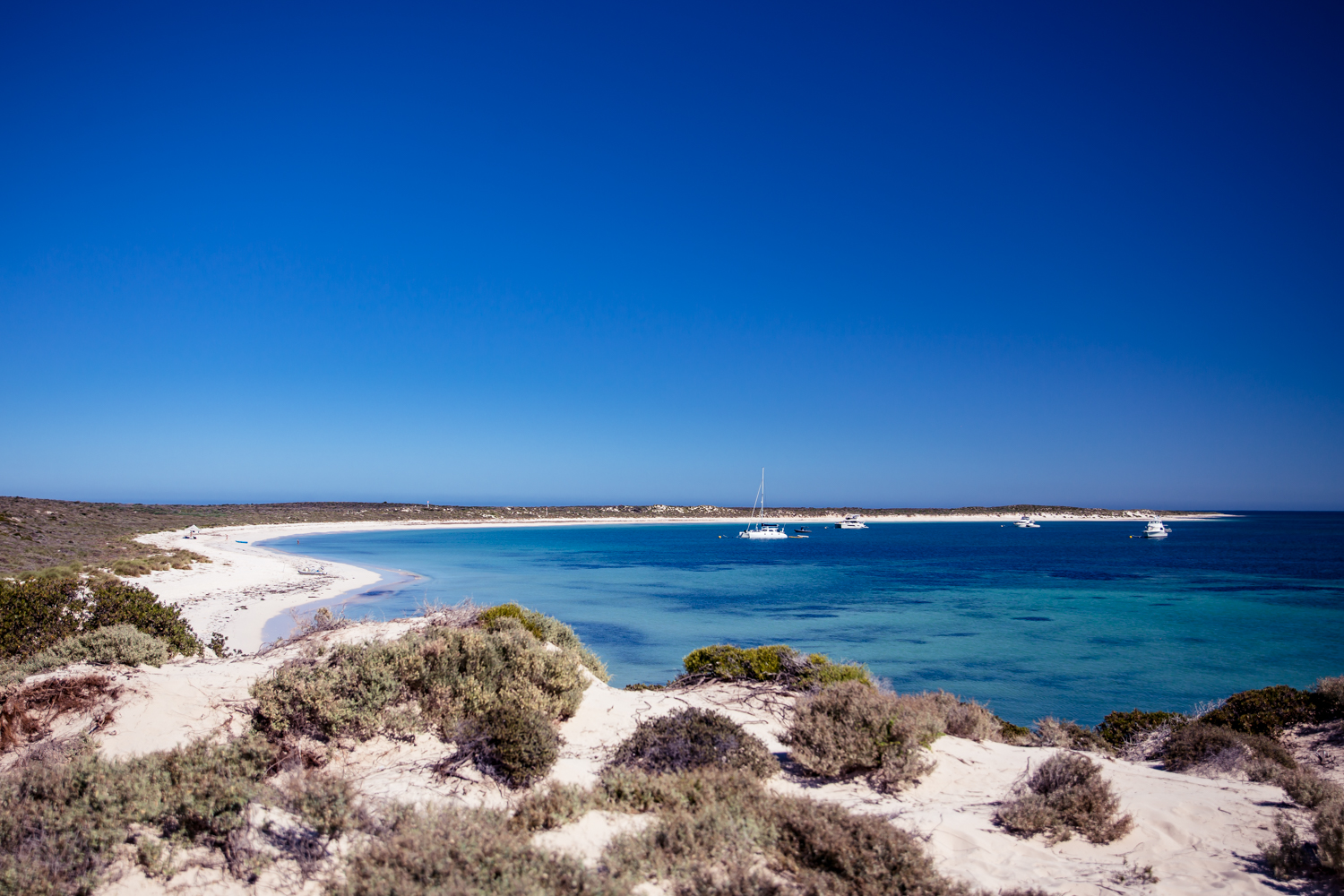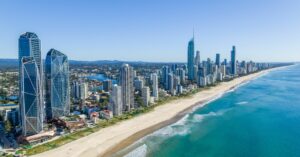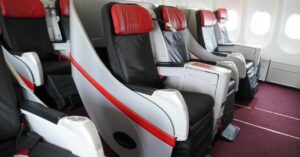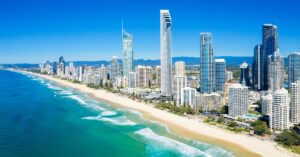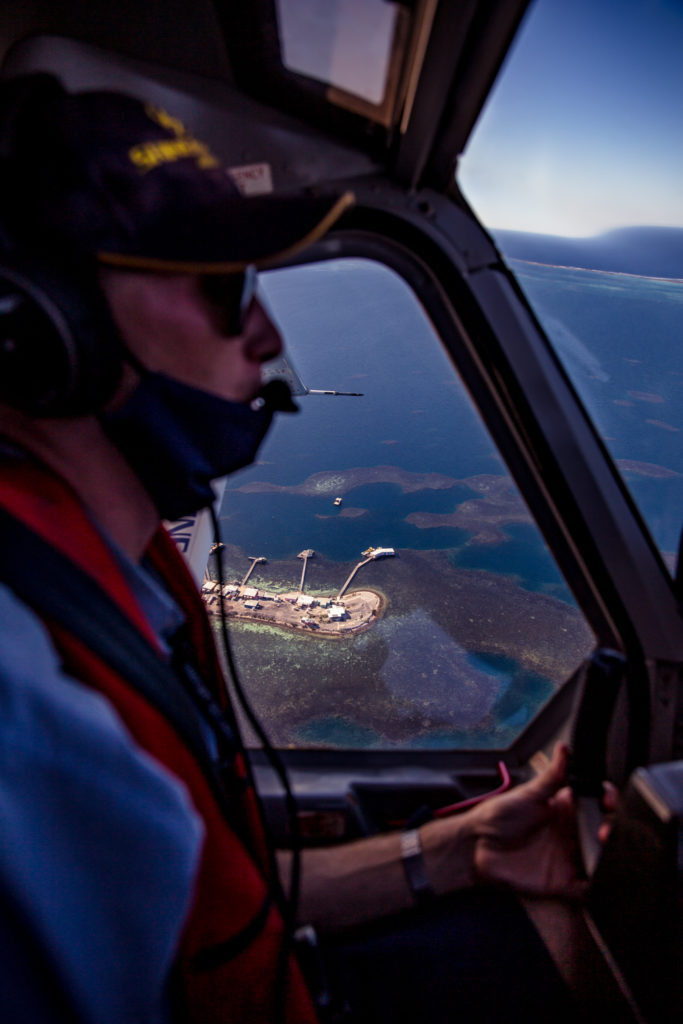
Azure. Turquoise. Aquamarine. There were umpteen more oceanic shades dappled around the infamous waters of the Houtman Abrolhos Islands, but I stopped keeping score as the commentary over my headset turned to shipwrecks and planned mutinies.
I’m sat in the passenger seat of a VH-TBU GA-8 Airvan bound for the Pelsaert (or Southern) group of islands next to Jed Young, a pilot with Shine Aviation and our Abrolhos tour guide for the day. “There are officially 18 historical shipwrecks on the Abrolhos. But, the actual number of wrecks is much, much higher,” explained Jed as we banked leftover Pelsaert Island to get a closer look at the ruins of the Ben Ledi that ran aground in 1897. “I’ve even had four or five mates who’ve wrecked boats out here,” he said with an air of caution in his voice.
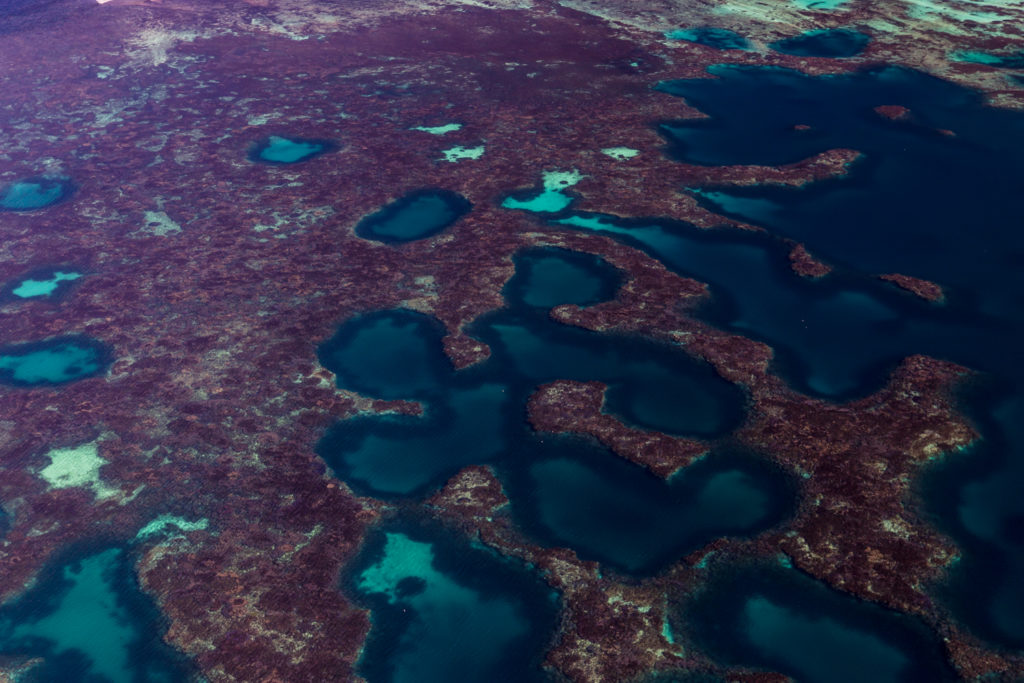
Shipwrecks and massacres
Peering out the window at the many shallow reefs, exposed sandbars, and abrupt drop-offs surrounding the Abrolhos Islands, the perils of navigating through the area pre-sounder and outboard motor times became abundantly clear. While the varying water depths and many atolls make for beautiful scenery from the air, they were the foe of many 17th, 18th, and 19th-century ships. Their most famous foe, the Batavia.
On her maiden voyage from Holland to Jakarta, the cloth, lead, and coin-carrying Batavia, captained by Francisco Pelsaert, crashed into Morning Reef off Beacon Island. Running aground on the evening of June 4th, 1629, survivors of the wreck were forced to float, swim, or walk across shallow reef for days to reach the surrounding small islands. Before meeting its fate, the ship was on the brink of a mutiny, led by crazed supercargo Jeronimus Cornelisz. He turned on the surviving passengers and, in the months following the wreckage, orchestrated the massacre of 125 of the original 341 people on board.
It’s a grizzly history for a beautiful place and one that’s turned out to be the biggest Australian maritime horror story on record.
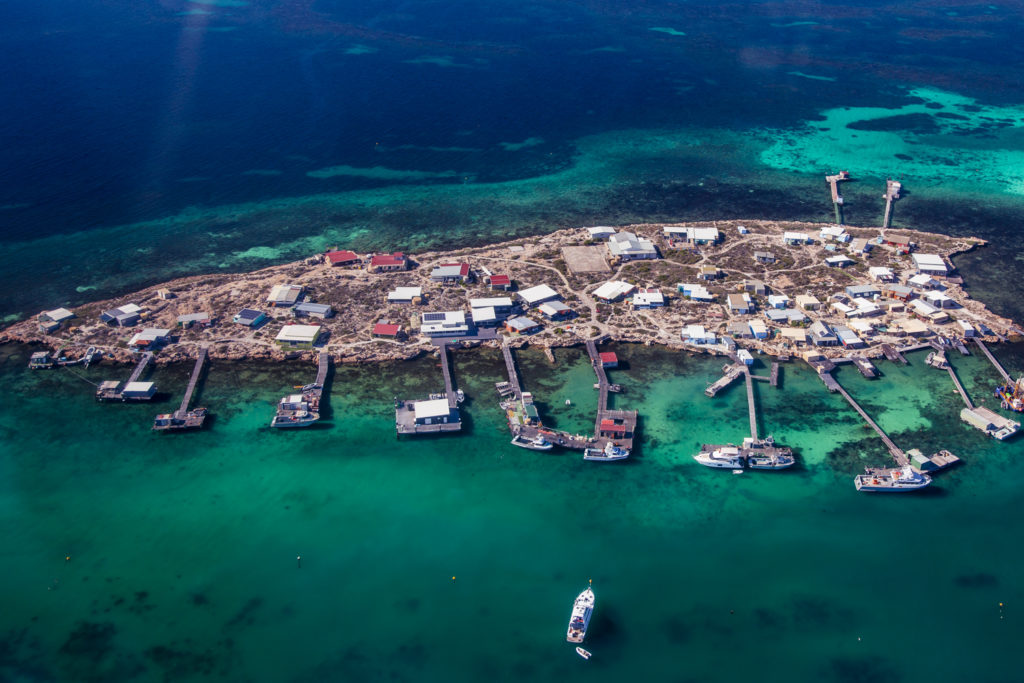
Modern day life on the Houtman Abrolhos Islands
Banking right over the next patch of land, Jed counts us in: “the fort should be visible at our wingtip in three… two… one.” 500ft below, amongst the scrub of West Wallbi Island, is the remnants of Wiebbe Hayes’ fort, the first-ever European structure built in Australia and a reminder of the macabre history of the archipelago. It’s one of the very few remaining markers of Pelsaert, Cornelisz, and the ship’s survivors ever having inhabited the islands.
Nowadays, the Houtman Abrolhos Archipelago remains largely unoccupied with only 23 of the 122 islands having been lived on. In fact, the majority of the islands have been declared national parkland. What isn’t national parkland is dotted with private crayfishing communities, established as base camps for those involved in the local trade.
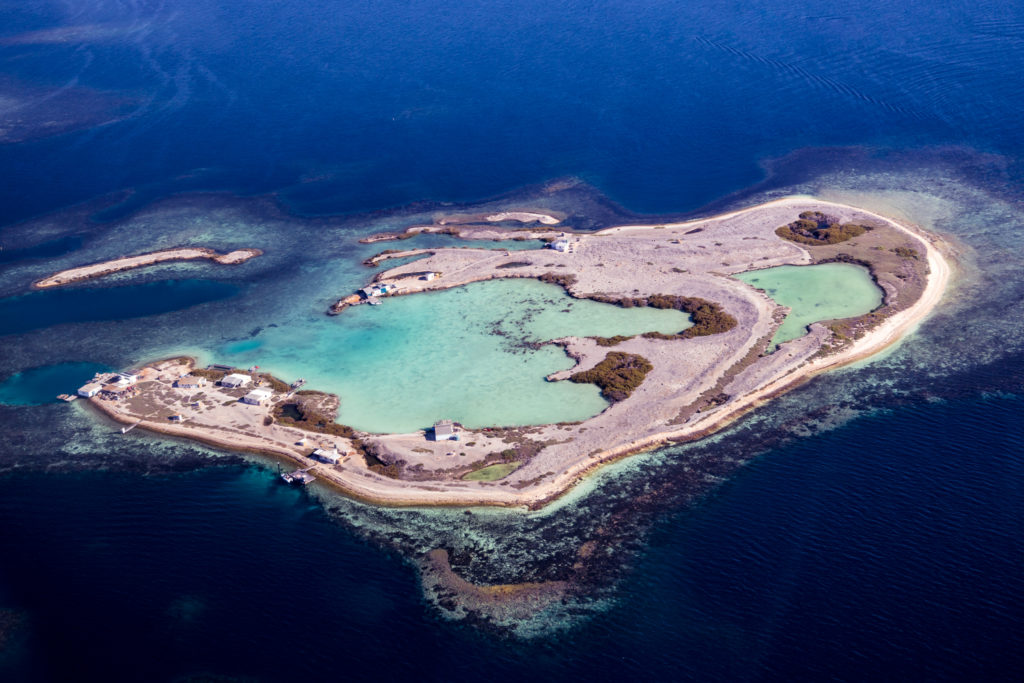
We glide over the post office building – on the aptly named Post Office Island – and I smile at the thought of waiting for the postman at the end of a jetty, receiving my mail by water. Before long, we’re tracking out over the school building, colourful fibro fisherman shacks, and tattered private jetties of Rat and Little Rat Islands. Many of these community buildings are now defunct with the full-time population of the islands nowhere near what it was in its hey-day. Abolished crayfishing seasons are to blame for the dwindling full-timers on the islands, but there’s still plenty of life on the islands below us yet.
I press my forehead up against the window to watch as a playful pod of dolphins zig-zag through the surf at a reef break on the eastern side of the islands. Multi-million dollar leisure boats zip through the dark channels between the reef, making a dash for a mooring nearby the annual ANZAC long weekend two-up game. It’s a legendary event, drawing punters from all over the state to West Wallabi Island. A handful of them have pulled up prematurely, stopping to watch Seal Island’s namesake residents frolicking in the sun.
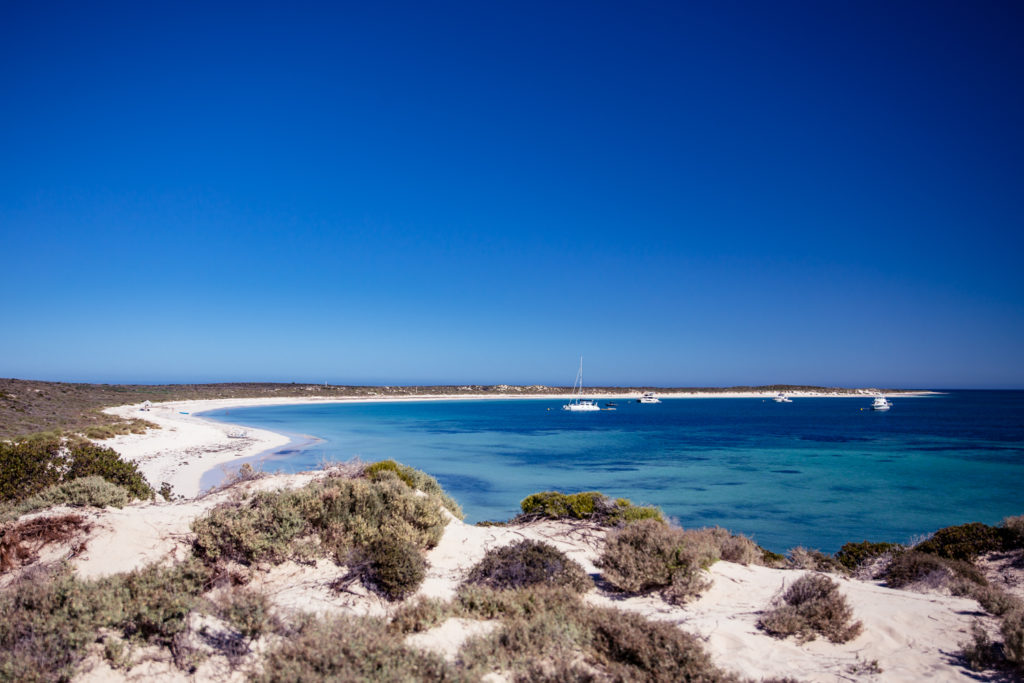
East Wallabi Island
After an hour in the air, we line up for the dirt runway on East Wallabi Island. Turtle Bay – on the very northwest tip of the island – is where lunch is to be served; and the next few hours are to be spent snorkelling, seashell collecting, and wildlife spotting.
I spend a good hour floating wetsuit-free in the warm current, marvelling at the schools of bright green parrotfish darting between the tropical purple, blue, and plate corals. It seems crazy that they live mere metres from thick seagrass meadows, a more typical seascape in the midwest’s sub-tropical waters. But, it’s no coincidence that these two marine ecosystems coexist in the Abrolhos as the warm, Leeuwin current runs down through the islands from the tropical north, bringing with it nutrient-rich waters and an abundance of tropical sea life.
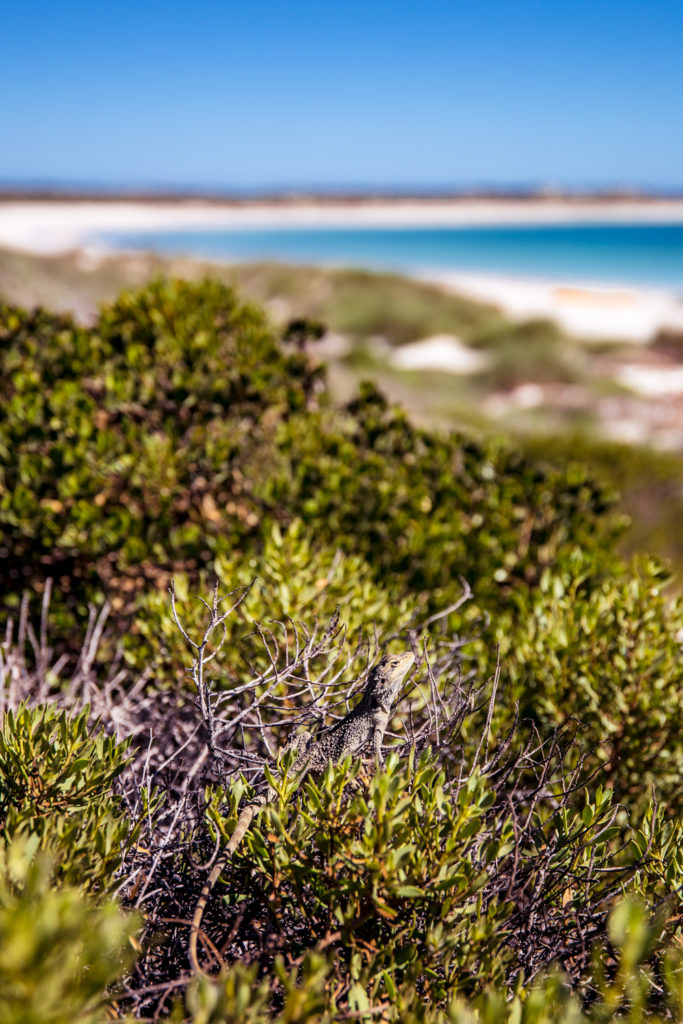
Back on land, a dwarf bearded dragon joins us for lunch, sunning himself on a nearby bush. They know when lunch is served and, as Jed warns us, will help themselves to your bags if you don’t keep them closed. The resident population of Tammar wallabies were slightly more reserved, but a short walk into the scrubland at the tip of Turtle Bay resulted in fleeting glimpses of the quokka-like creature.
The Batavia shipwreck
“It can be a bit hard to see, but if you look out for a lighter patch in the reef, that’s the wreck there,” explains Jed, preparing us for the sighting of the infamous Batavia wreck over Morning Reef. It’s one of our last flyovers of the day, and possibly the most anticipated by my fellow travellers. From the air, it appears little more than a small gap in the reef, easily missed by those lacking a keen eye. All the same, it’s thrilling to see the tiny remnant of history almost 400 years after it made it’s mark.
As we head back to the mainland, the islands and reefs disappear into the horizon behind us. I can’t wipe the smile off my face, having just explored some of the state’s most beautiful and historic islands that, unbeknownst to many, lay just a short 60km off the coast of Geraldton.
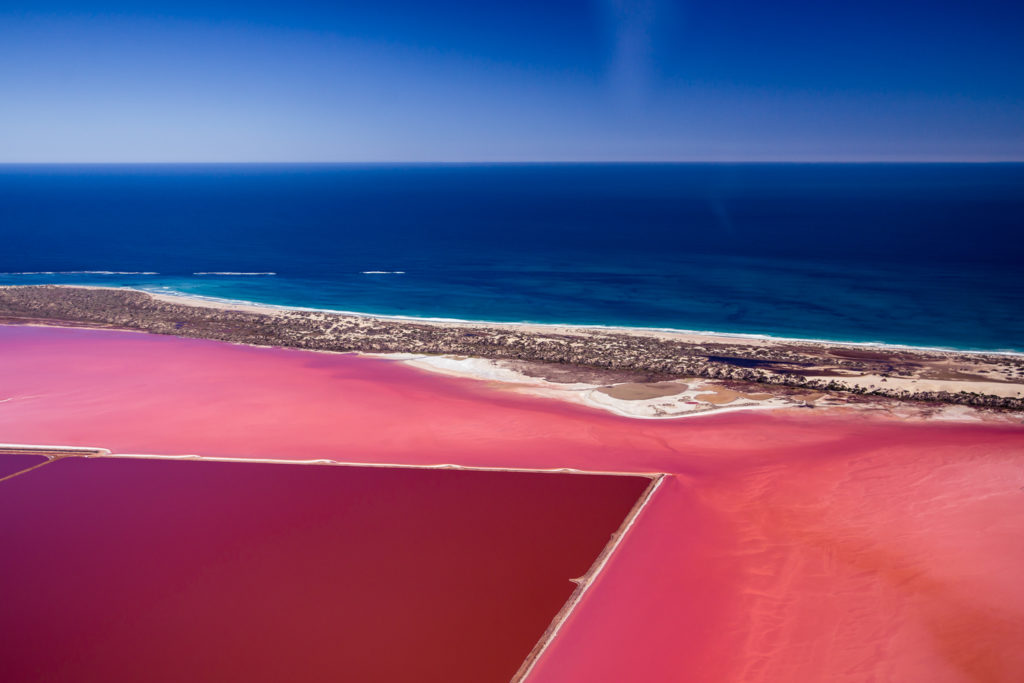
How to get there
Shine Aviation runs a range of full and half-day tours out over the Houtman Abrolhos Islands, starting from just $290.00 per person. Choose from a non-stop scenic flight over the islands, a flight and East Wallabi stopover, or an Abrolhos and Hutt Lagoon (pink lake) combo. Bookings can be made here.
Nervous flyers have the option of heading over by boat. You can get out there on a private boat, jump aboard a fishing tour, or book yourself a spot on the new Abrolhos Adventures Fast Ferry. Leaving from Geraldton harbour, it will jet you out to Pelsaert Island in around an hour and a half, where you can spend the day snorkelling, fishing, exploring, or relaxing. Tickets start from $200.00 and can be booked here.
Monique was a guest of Australia’s Coral Coast. All thoughts and opinions are her own
This article first appeared on So Perth.
Related Reads: Nevis Catapult: The Human Catapult Is Worth The Trip To New Zealand
Feature Image: Monique Ceccato
See more: Travel Western Australia


